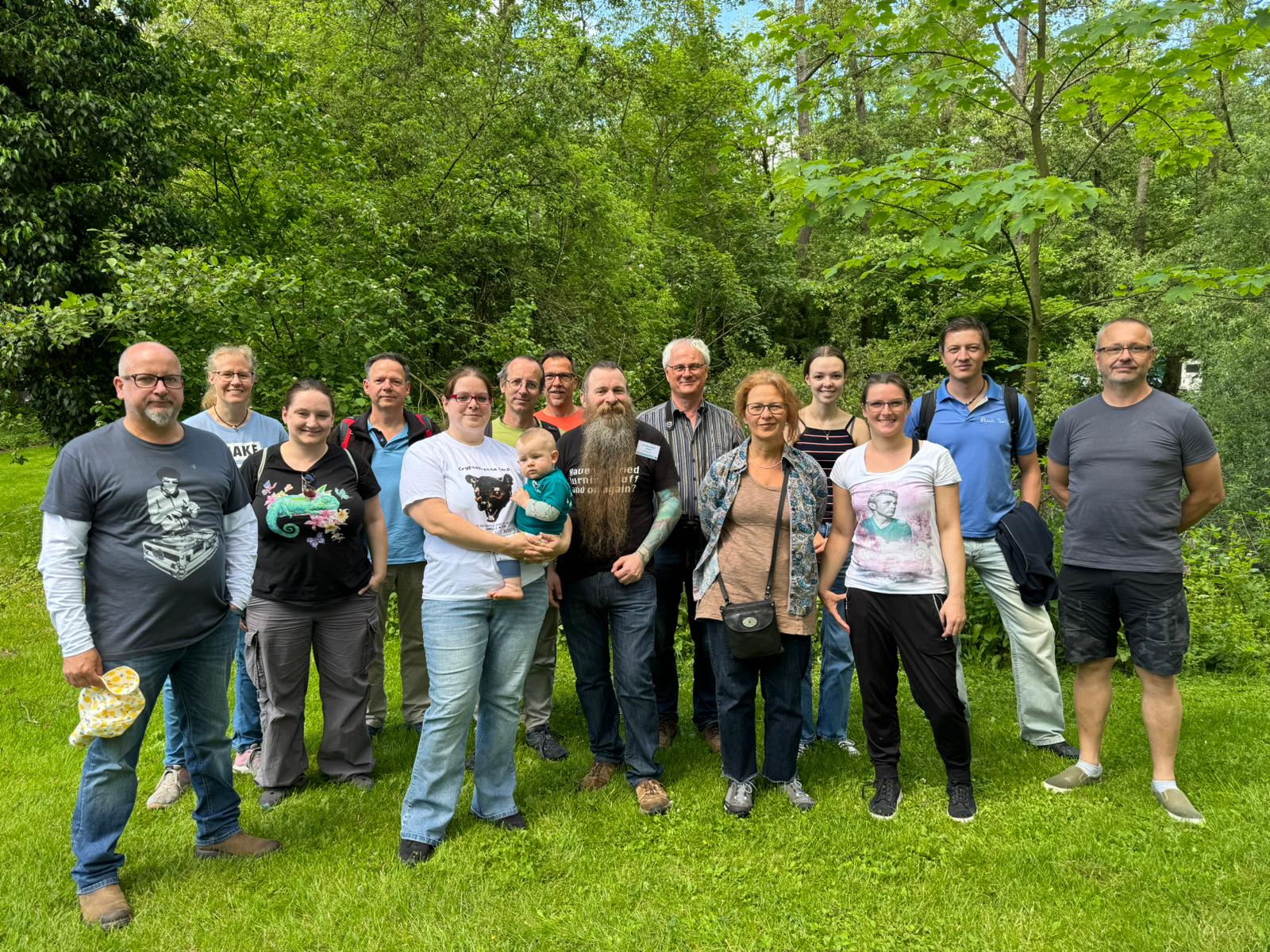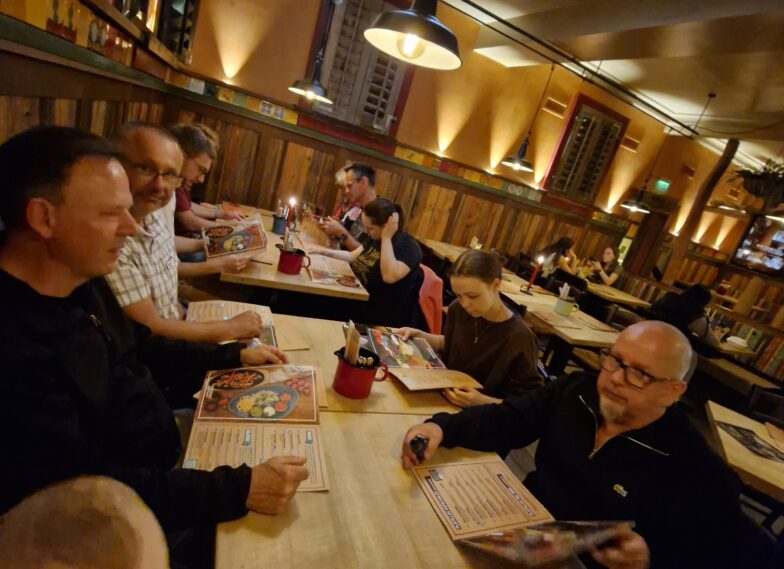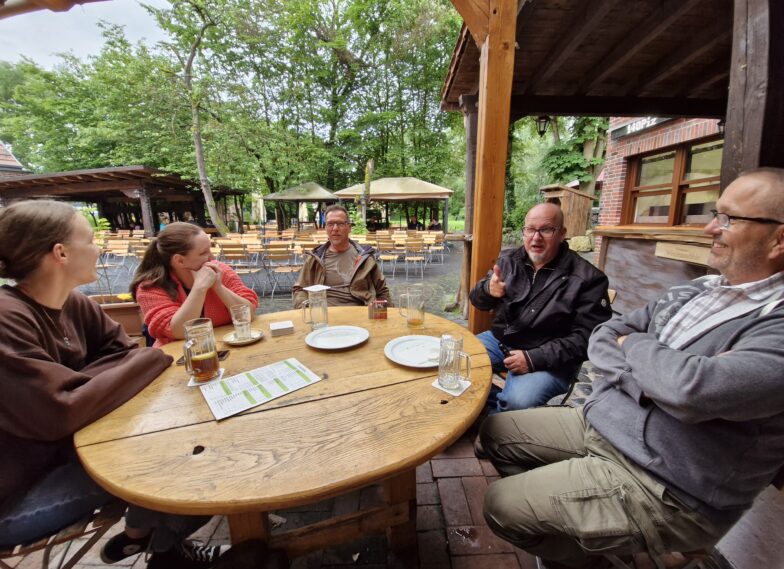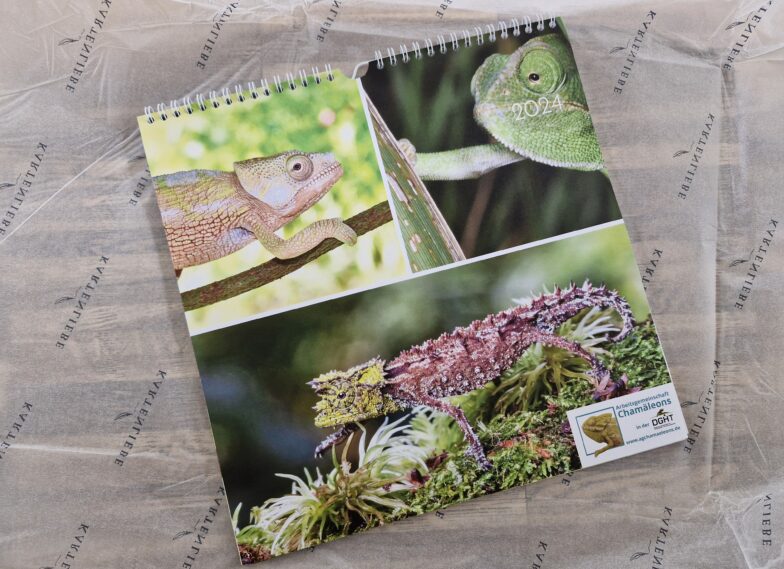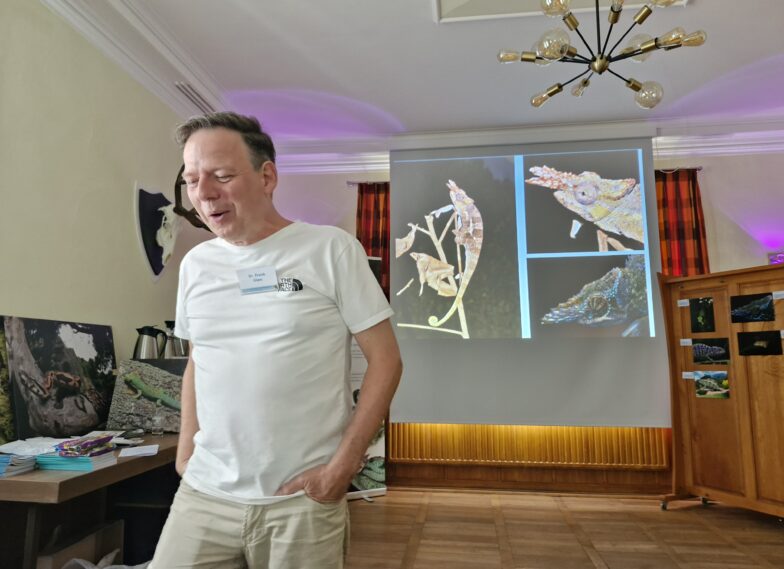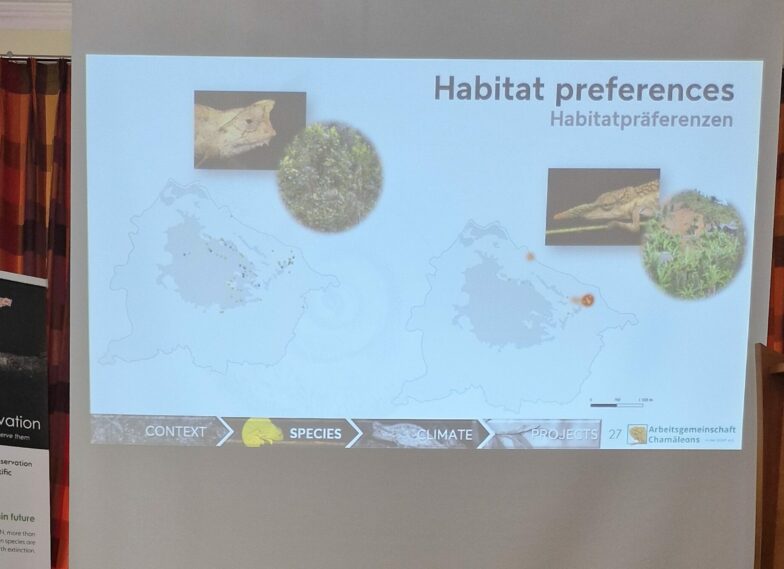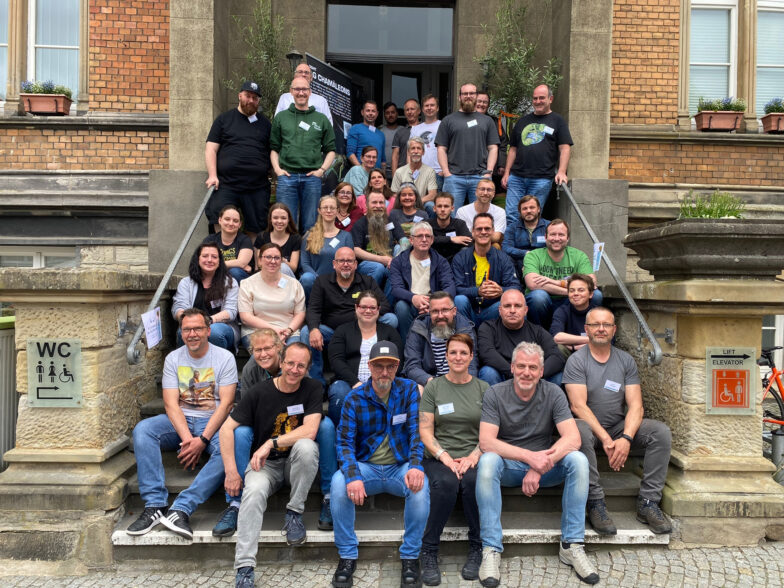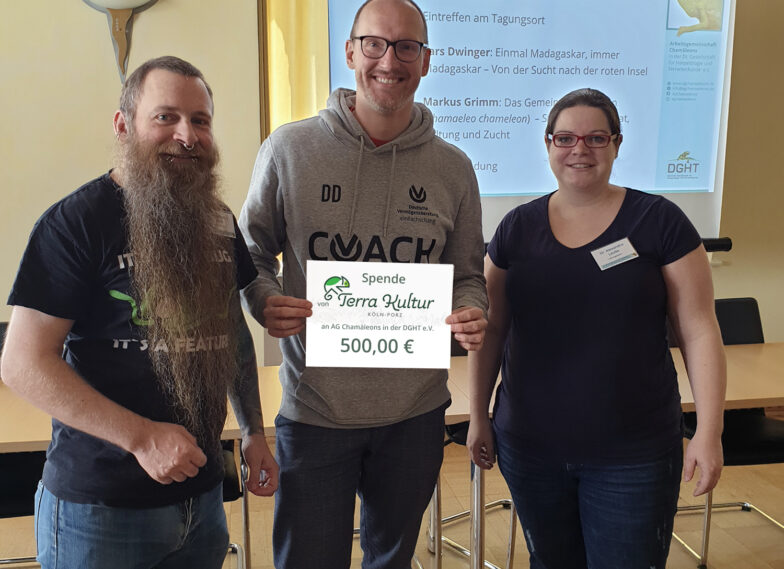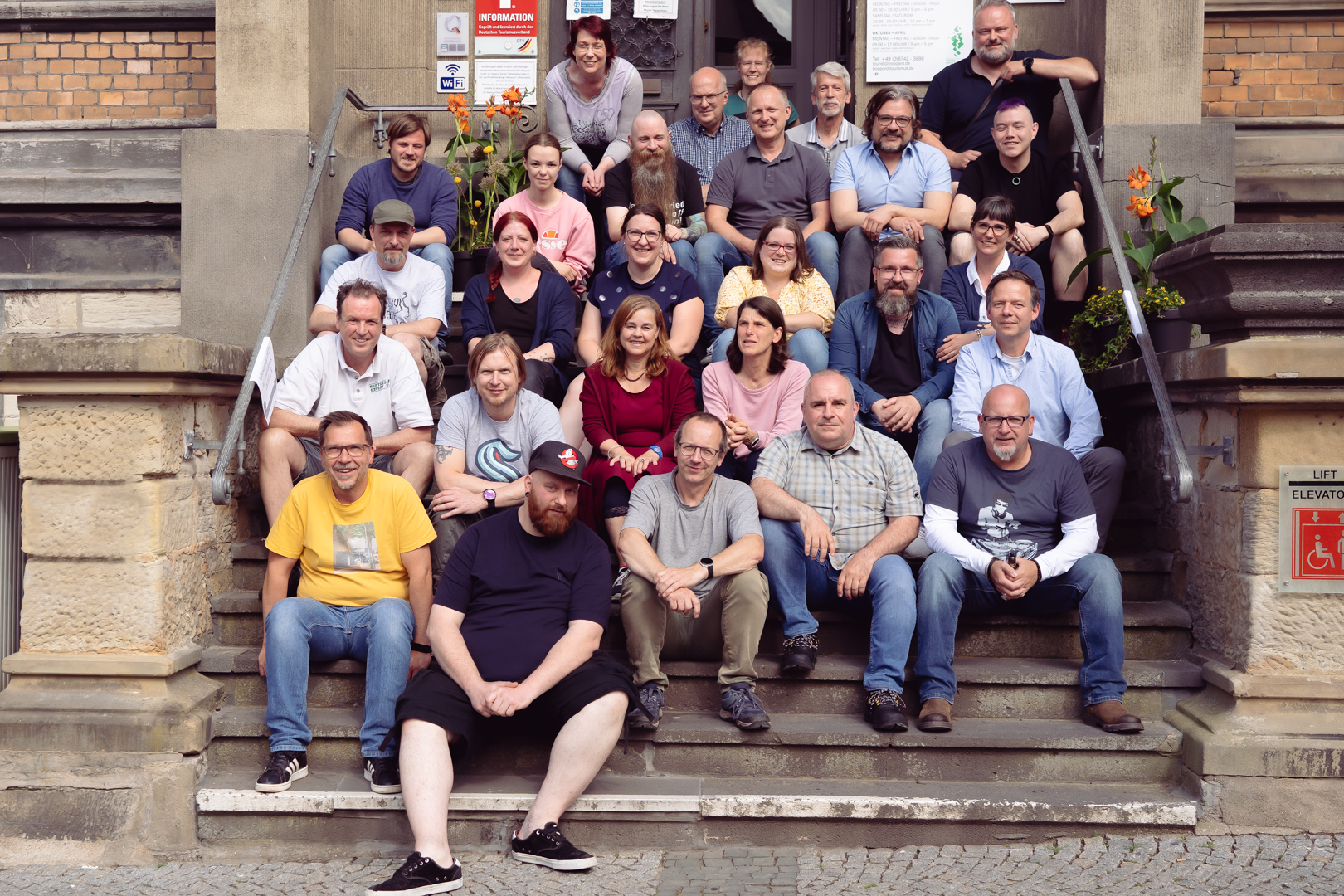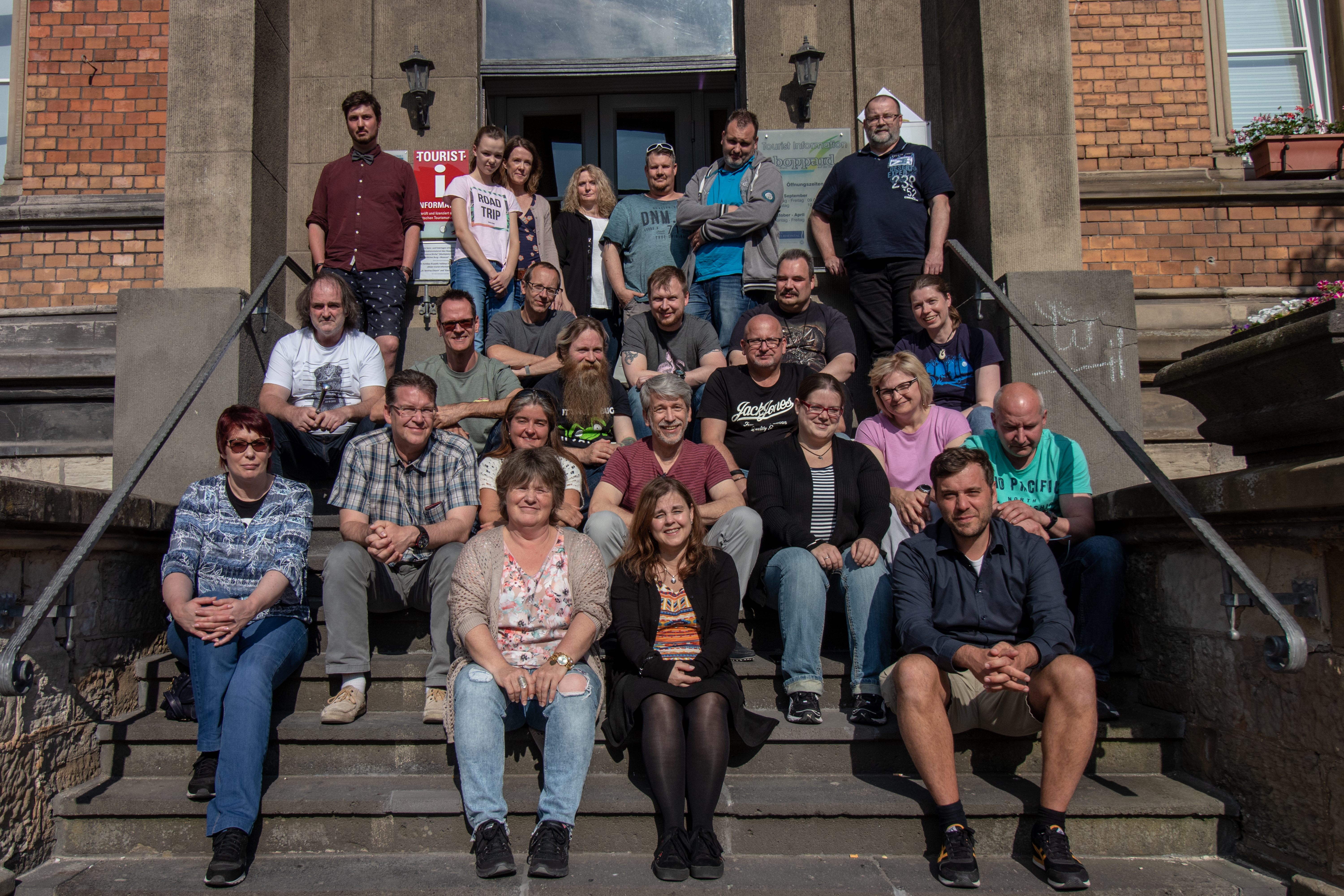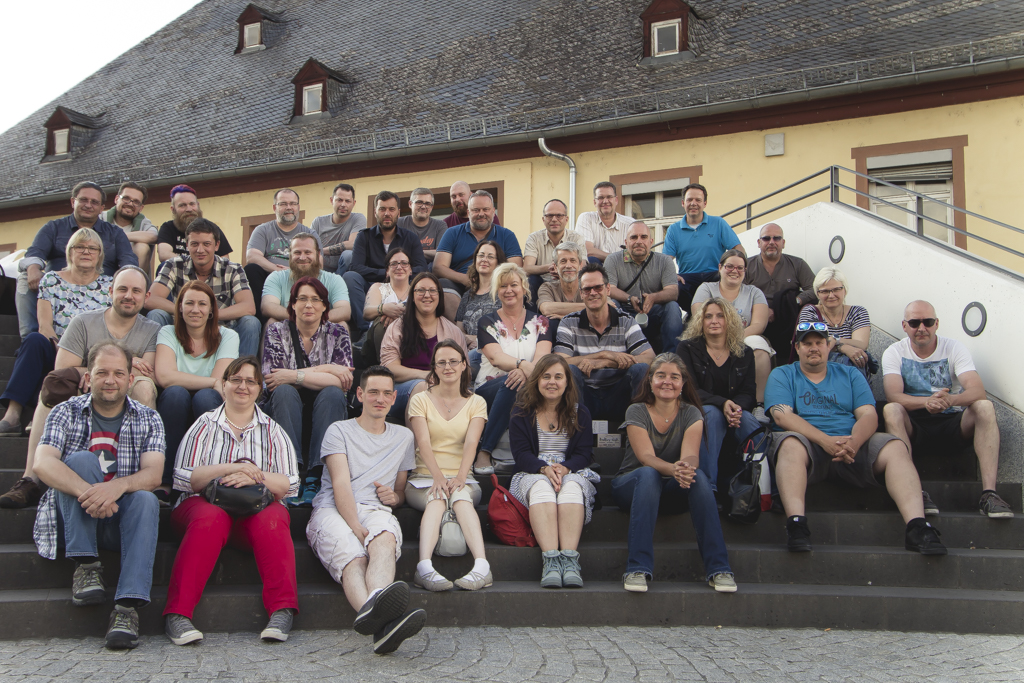The first time somewhere else! This year’s annual conference took place from 24 to 26 May in Fulda, Hesse. The Stadtgasthof Drei Linden was both the venue for the conference and the overnight accommodation for most of the participants. The first travellers met on Friday evening in the old town of Fulda for a convivial dinner at Chumbos, a Mexican restaurant. Many new faces were present and there were good conversations and a lot of dialogue.
Dr Johannes Penner opened the presentations on Saturday in front of around 35 conference participants with his talk on Citizen Conservation under the motto ‘Husbandry saves species’. He explained the structure of the gGmbH, which was only founded a few years ago, and its objectives. At Citizen Conservation, they keep studbooks for various species of fish, amphibians and reptiles. This includes target numbers of animals and keepers for a period of 40 years. The keepers are given the animals to care for, but the animals and their offspring naturally remain the property of CC. Committed private keepers and school vivaria, zoos or other institutions can take part. Rhampholeon acuminatus is the first chameleon species to be included in the programme. The original animals come from Vienna Zoo and are kept there – in accordance with their origin – in relatively cool conditions with temperatures below 25°C during the day and a sharp drop to 7-9°C at night. Further keepers are still being sought! We are very excited about the progress of the project.
After the lunch break, the programme continued with a report by Martin Etave, who is flying to Madagascar for the first time this July to accompany various projects in the Vohimana Special Reserve. So far, in collaboration with the Caméléon Center Conservation (Switzerland), they have mainly confirmed the species of chameleons present in Vohimana and measured humidity, UVI and temperatures at their respective locations. In addition, several interesting studies are in their infancy, such as the interaction between favoured plants and chameleons or preferred habitats of the different species. Chester Zoo is currently carrying out experiments to tag Parson’s chameleons in order to be able to study their ecology in Vohimana in more detail at a later date.
Paula Miranda Sapion, PhD student at ExoMed, then reported on a case of a very special parasitosis in an Meller’s Chameleon (Trioceros melleri). Pentastomids were discovered during the dissection of a deceased chameleon that had previously been kept in a zoo. The parasites were so numerous in the lungs that the animal had died from them. It is unclear where the infection came from and whether it has consequences for other animals. Another species of Raillietiella was introduced into the USA years ago with invasive reptile species and is causing many deaths among native reptiles there. Next on the programme was Dr Malek Hallinger, who was unfortunately unable to attend the conference. His ‘wild ride through microbiology’ was kindly presented by Paula, too. Viruses, bacteria, fungi and parasites – what are they, what are the differences and what can they do in chameleons? The afternoon was all about microbiology.
There were two categories in this year’s photo competition. Svea Brüne won the nature photography category with her photo of a Calumma vohibola in the rainforest of Akanin’ny Nofy in Madagascar. In the terrarium category, Michael Schuchard won with his photo of two Trioeros ellioti juveniles. Both received a €50 voucher from Chimaira and our AG-own chameleon calendar. David Prötzel and Gerd Fritzsche tied for second place in the nature photography category. Gerd Fritzsche also came second in the terraristics category. Sophie Obermaier took third place. The second and third places each received vouchers from Der Terraristikladen or QB Insects and the coveted chameleon calendars.
We then continued directly with an expedition to Tanzania that Dr Frank Glaw had undertaken at the end of last year. The trip was dedicated to the chameleons of the Eastern Arc Mountains, which are known for many different chameleon species, each living in isolation on their own mountains and altitudes. Frank demonstrated the chameleon search on foot in West and East Usambara and on the Taita Hills. After an initial lack of luck, the expedition members were more than successful over the course of several weeks. They were able to find and of course photograph many Kinyongia and Trioceros species, but they also observed smaller species such as Rhampholeon spinosus or Rieppeleon brevicaudatus in their natural habitat. In addition, we now all know how to make poachers disappear in Tanzania ‘without much paperwork’. More interesting were unexpected findings such as a population of colourful Trioceros deremensis that simply sat in tall grass at night away from bushes or trees. Saturday evening ended in a cosy atmosphere at the Stadtgasthof Drei Linden. The chameleon conversations lasted late into the night over an excellent meal.
On Sunday, we started with a travel report by Svea Brüne, who travelled to Madagascar for the first time in March. Although the originally planned itinerary had to be changed spontaneously due to a cyclone and several collapsed bridges, she was able to see many different species of chameleon. Then it was out into the fresh air: a whole series of conference participants came along to the Fulda pond garden. The Aquarien- und Terrarienverein Scalare 1925/55 e.V., which runs the grounds, an exhibition centre, various outdoor enclosures, a clubhouse and a playground, owns one of the few breeding groups of Cuban crocodiles in Europe.
A big thank you naturally goes to all the speakers for their interesting and varied contributions. We would also like to say a big thank you to the Stadtgasthof Drei Linden. We were very well catered for and looked after. Both the food and the conference room and rooms on site are highly recommended!
P.S.: Unfortunately, our belated group photo from Sunday lunchtime no longer shows all the conference participants ;)
Tagungsprogramm 2024
| Freitag, 24. Mai 2024 | |||
| __ | |||
| 19:00 | Anreise und gemütliches Abendessen in Fulda Chumbos Mexican Grill & Bar, Karlstraße 29, 36037 Fulda |
||
| __ | |||
| Samstag, 25. Mai 2024 | |||
| __ | |||
| 09:00 | __ | Eintreffen am Tagungsort: Stadtgasthof Drei Linden, Neuenberger Str. 37, 36041 Fulda | |
| 09:15 | Zeit für Chamäleon-Gespräche und einen langsamen Start in die Tagung | ||
| 10:00 | Johannes Penner: Citizen Conservation – Haltung rettet Arten | ||
| 11:00 | Diskussion: Ex situ Zuchten bei Chamäleons | ||
| 12:00 | Mittagspause | ||
| 14:00 | Martin Etave: Ecological study of chameleons in the Vohimana Special Reserve in Madagascar: Initial results | ||
| 15:15 | Paula Sapion Miranda: Erstmaliger Nachweis von Raillietiella orientalis beim Elefantenohrchamäleon | ||
| 15:45 | Malek Hallinger: Infektiöse Erkrankungen bei Chamäleons – Ein wilder Ritt durch die Welt der Mikrobiologie | ||
| 16:15 | Kaffeepause und Fotowettbewerb | ||
| 16:30 | Frank Glaw: Expedition zu den Chamäleon Tansanias | ||
| 17:30 | Mitgliederversammlung | ||
| __ | |||
| Sonntag, 26. Mai 2024 | |||
| __ | |||
| 09:45 | Begrüßung | ||
| 10:00 | Svea Brüne: Reisevortrag Madagaskar | ||
| 12:00 | Verabschiedung | ||
| 13:00 | Exkursion in den „Tümpelgarten“ Aquarien- und Terrarienverein „Scalare“, Maberzeller Str. 40, 36041 Fulda |
||

